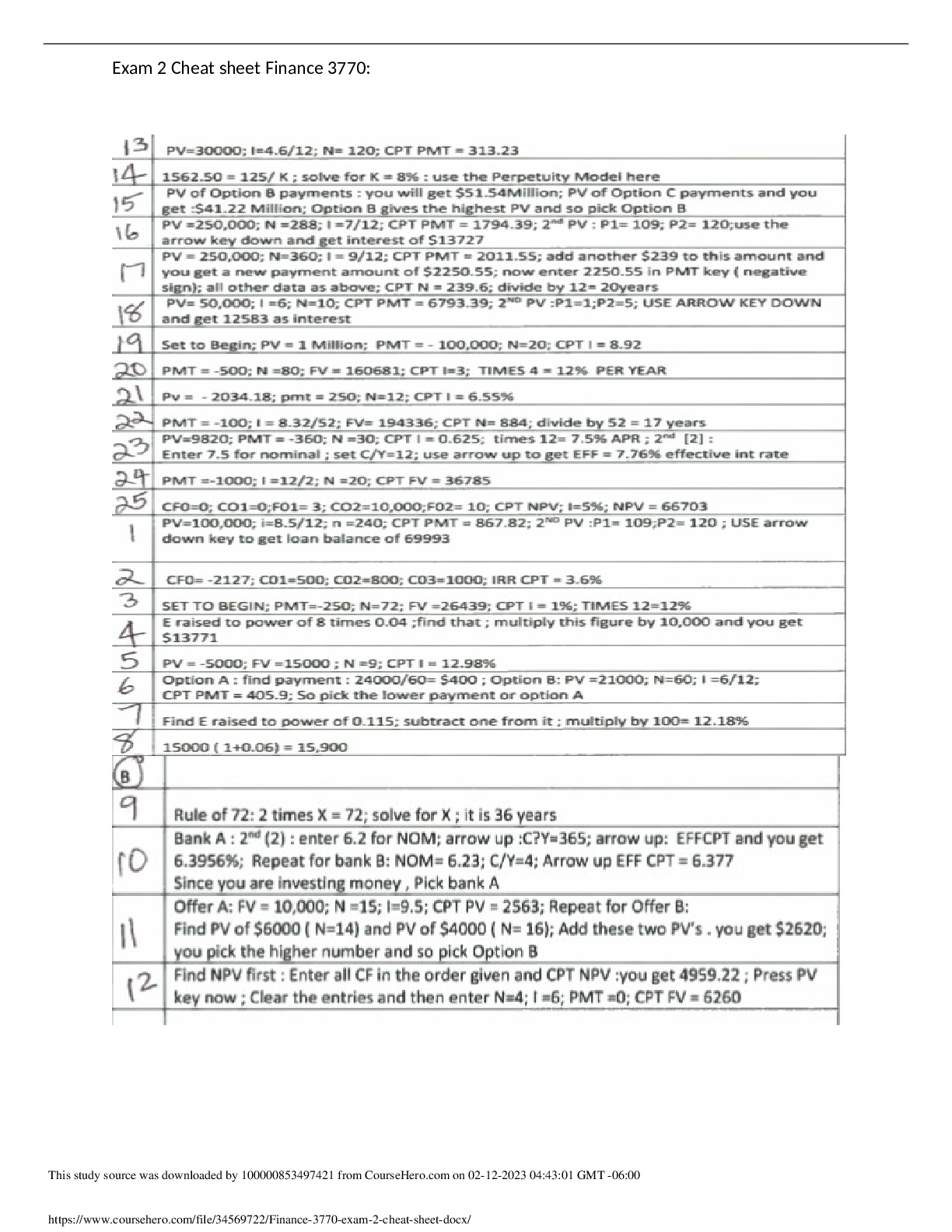Statistics > CHEAT SHEET > University of California, Davis MAE Statics and Strengths of Materials. Problems CHEAT SHEET. (All C (All)
University of California, Davis MAE Statics and Strengths of Materials. Problems CHEAT SHEET. (All Calculations)
Document Content and Description Below
Problem 1 (10 points). Which of the following two truss designs (A or B) should a designer choose? Please explain by discussing forces in one or two members at Problem 3 (10 points). In the champagne... bottle incident discussed in the class, explain why one could conclude that the intent ofthe person being charged with the serious crime was not to kill the victim that is, he did not raise the bottle over the victim’s head and slam it on his head? Recall that the bottle fractured but the X-rays for the skull ofthe victim were found to be negative for any fractures. Additionally, the thickness ofthe skull and the bottle were practically the same Problem 2 (10 points). Is the two dimensional body shown under the influence of forces F1,F2 and F3 in equilibrium? Explain your answer. No points will be given forjust answering yes or no. neatly sketched free body diagram. bo Dwe o Newlen’s Thiro https://www.coursehero.com/file/12691428/MAE101-Midterm-1-Solutions/ ene pont. -hbefefose, Ao sum +o Eero. o equiMbPium. and so were the compressive strengths ofthe glass and the bettle. Explain using a - - “ skuW . spe.cG co EByOTpA VOA is o. Wq force is no comiowhan) s +heHruss stobily. re eqwivalumt +o P showl selee Lwww, +he maqnude of he Force ~hok belh “e botHle bote ond ond v • skwM skw must must Up , some. -The boWle and skull hove f KeoFw velenkcoj mhechonica propeskies.hefetere ke-pessen Moos hit bg+he bo+le ond — beNle cmM, he Ml wooule have 05 We—- 5ce “he X-ou wuece neogetve fr skull cocures । one &uld conclide thod +he viekio cid oet g by +he frocuxee bo Problem 4 (35 points). A flat triangular granite slab of weight W and uniform thickness is mounted on three identical vertical springs each with stiffness K that rest on a flat, horizontal floor. Each of the springs will support one comer of the slab (A, B, and C in the sketch shown below in Figure A). a) What are the reactions in each of the springs if the slab remains horizontal at equilibrium? b) Write the moments of all the three spring forces about the center of gravity ofthe slab by assuming the y-axis to be aligned with the side AB and the xaxis to align with the edge BC. c) Find the sum ofthe moments at the C.G. and explain the significance of the value you obtained. Assume the weight of the slab to act at its center of gravity (C.G.), whose location is shown in Figure B. Neglect the thickness of the slab and assume that the centerof gravity is located in the x-y plane. Problem 5 (35 points). A packing case containing a machine tool and weighing a total of 1.7 kN is being maneuvered with the aid of a light crowbar as shown. Assume that the packaging case at point A rotates freely without slipping, that is, it acts like a pin joint, and the crowbar provides support at point B that is frictionless. The distribution of mass within the case is such that its center of gravity is at the center point. Assume the weight ofthe packaging case to be acting at its center ofgravity. The crowbar rests on frictionless rollers at C, so there is no resistance as C slides along the horizontal direction over the floor. Find the magnitude and direction of the force which must be applied to end D of the crowbar to hold the packing case in equilibrium. Use SI units. 4FVBDGrougkos = 0 = %, cos7o°- Fco% dong Hle axial o 68 awp He omge ot gf \ V % aF m,e0=-(5R,cos70®+® 808.56 400+50005- \ x 95 = o°. Twe is d. lEngion rceiagtirl B ®® NeOFsm~ _ _ _ _ _ _ _* Fcos* = (0.55+ kN) cos+0% 0. kN fC 7 :.F,n*-0.385kN______ __ *hwweusheroconvstelt2sntt28AEioL-Midterm-ikoutondi • F=K(0.4)*(0,6063=(0.335kN-F\ in 4U Sam divecknProblem 2: A rigid rod with negligible weight and small radius carries a load W whose position । ; ar of mass mis attached to the spring AB and can move along the rad 9 e"n The constant of the spring is 1.5kNm and the spring is umstrclchcd when • knowing that the coefficient of static friction between the collar and the rod is 0.40, determine (he range of valucs of m for which equilibrium can be maintained when 0=30 degrees. HINT: When considering the range of masses consider two possibilities. At the point of equilibrium, higher mass will tend Io slide down the rod while the lower N 3cos9(kX) Assume: i.NofriclicQnvshere 2. No deormoHic of cod (" 15 30 3. Equilibrium exists FBD of rod' *t,,ZF=0:F-FaSi6:0 a < 26,0 FacosG-W*O2M6=0: Ebs- = o FA,‘s b hat is the direction of the internal force in the member BE in the frame shown in Figure below. That is. if you were to cut this member, what angle, if any, this internal force will make with respect to the ayis of the member? Explain your answer. Hint: You do not have to solve lor anymeinber forces TitormafodirHkewekor B be 1 til aopy t Bs, M*ed, if is *adi is adjustable. The rod rests on a small roller at A and bears against the vertical wall at B. Determine the distance x for any given value of 9 such that the rod will be in equilibrium. Assume that friction is negligible at contact points A and B. (25 points) tension or in compression. (10 points) SO Problem 4: A straight bar of radius r is bent at B to form an L-shaped member ABC so as to form two straight legs AB and BC. It is built-in at A and lies in a horizontal plane when it is unloaded. Find all reactions at A that are necessary for the structure to be in equilibrium for any given value of the applied load P in the vertically downward direction (that is, -y direction). (30 By iospecHion ol Joint b) BD is 0 Zero-orce Xhr. L is in teSioh in Problem 9 (20 points). What is the maximum force F which can be placed on the structure in the upward direction, as shown in the figure, assuming that the supports have unlimited strength in tension and only 140 kN under compression. Which joint will fail at the maximum load? Problem 7 (25 points). Find ALL the reactions that the FIXED SUPPORT will impose onto the beam at point A. Write them using the vector notation. Show the reactions on a neatly sketched free body diagram. The load 2P is acting along the axis. Problem 4 (5 points). Two circular cylinders are compressed together through an axial force F as shown. The cross-sectional area of cylinder A is twice the cross-sectional area of cylinder B. Cylinder B rests on a smooth surface. Neglect the weights of both cylinders. Determine (1) the magnitude and direction of the reaction imposed on cylinder A by cylinder B, and (2) what is the magnitude and direction of the force imposed by the cylinder B onto the smooth surface. [Show More]
Last updated: 1 year ago
Preview 1 out of 2 pages
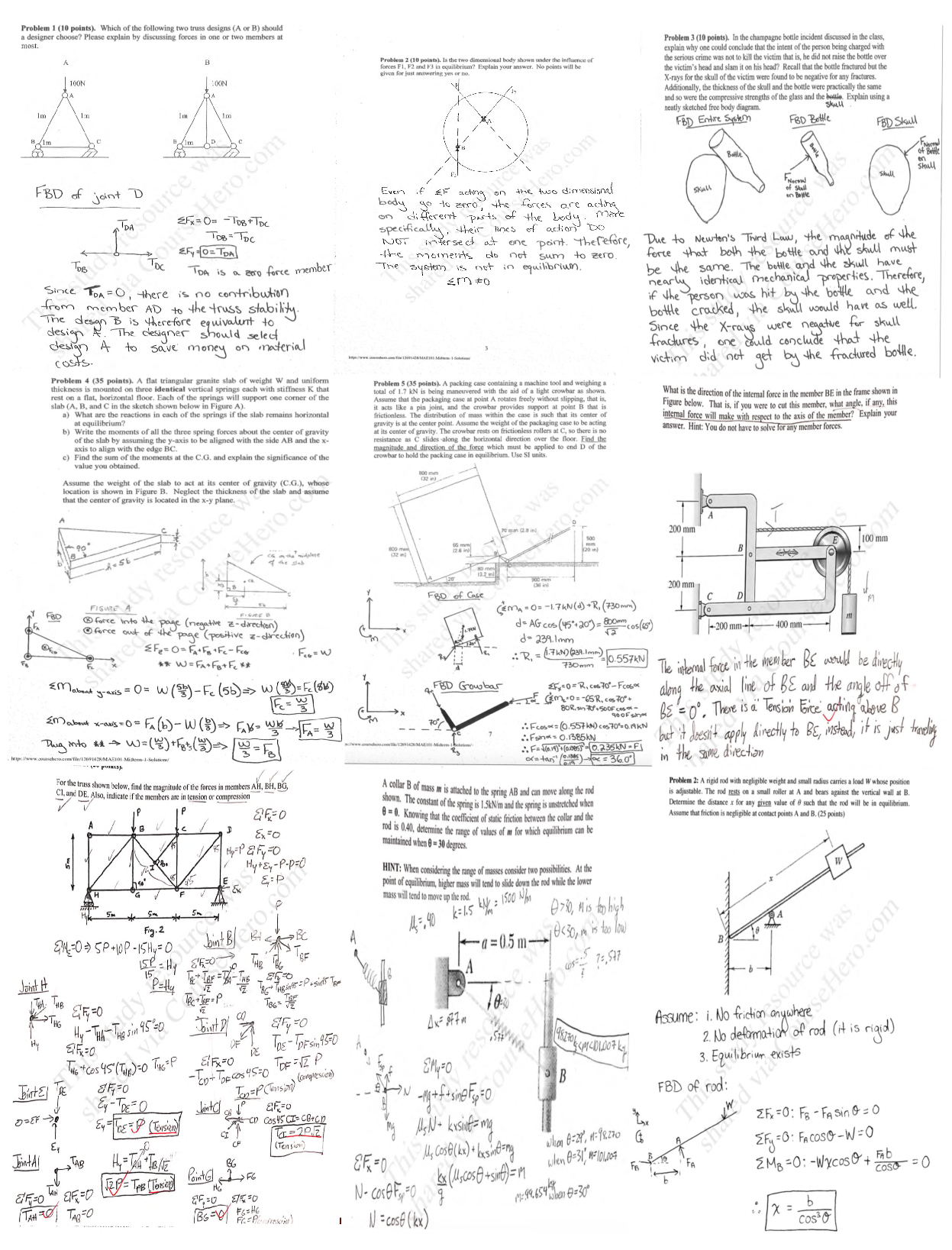
Reviews( 0 )
Document information
Connected school, study & course
About the document
Uploaded On
Mar 23, 2023
Number of pages
2
Written in
Additional information
This document has been written for:
Uploaded
Mar 23, 2023
Downloads
0
Views
102

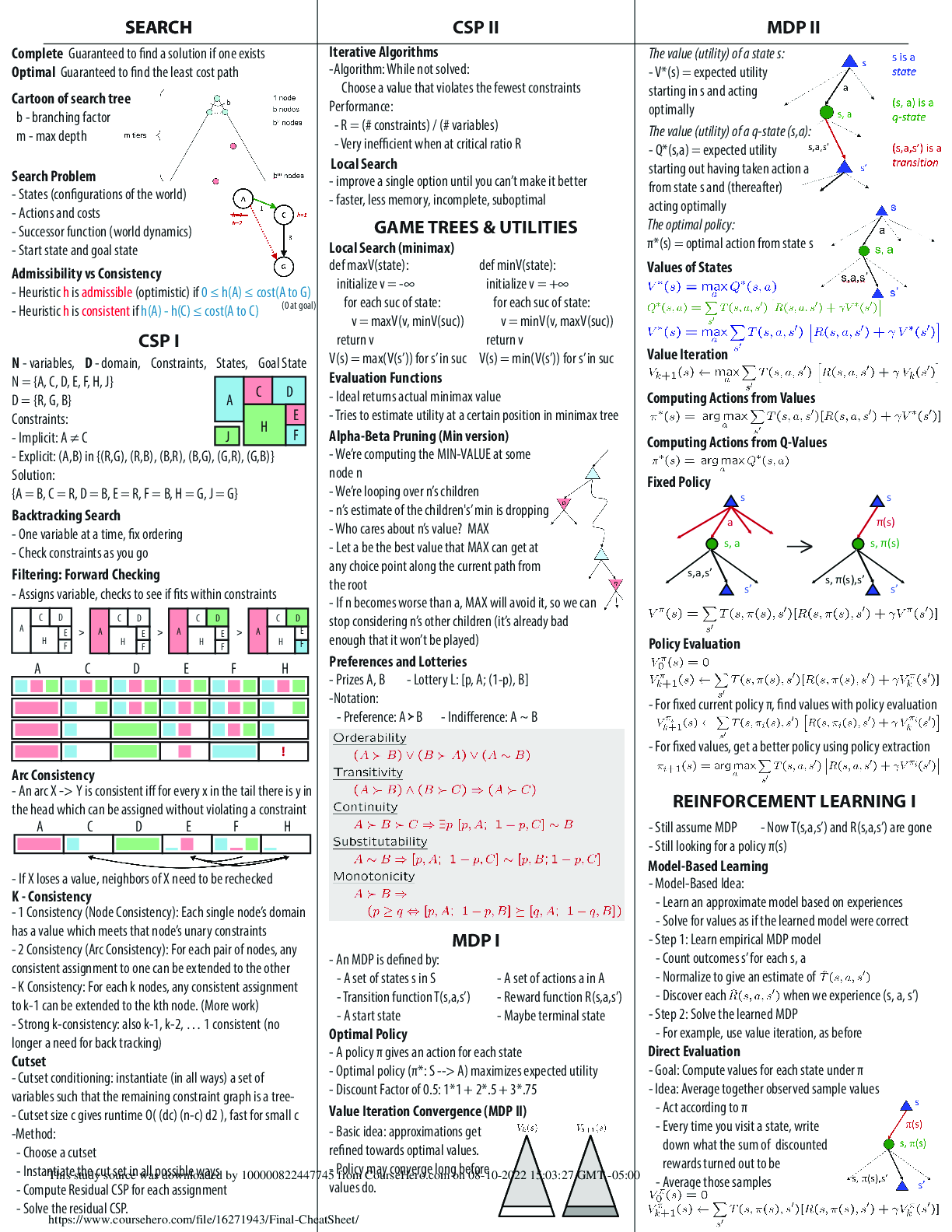

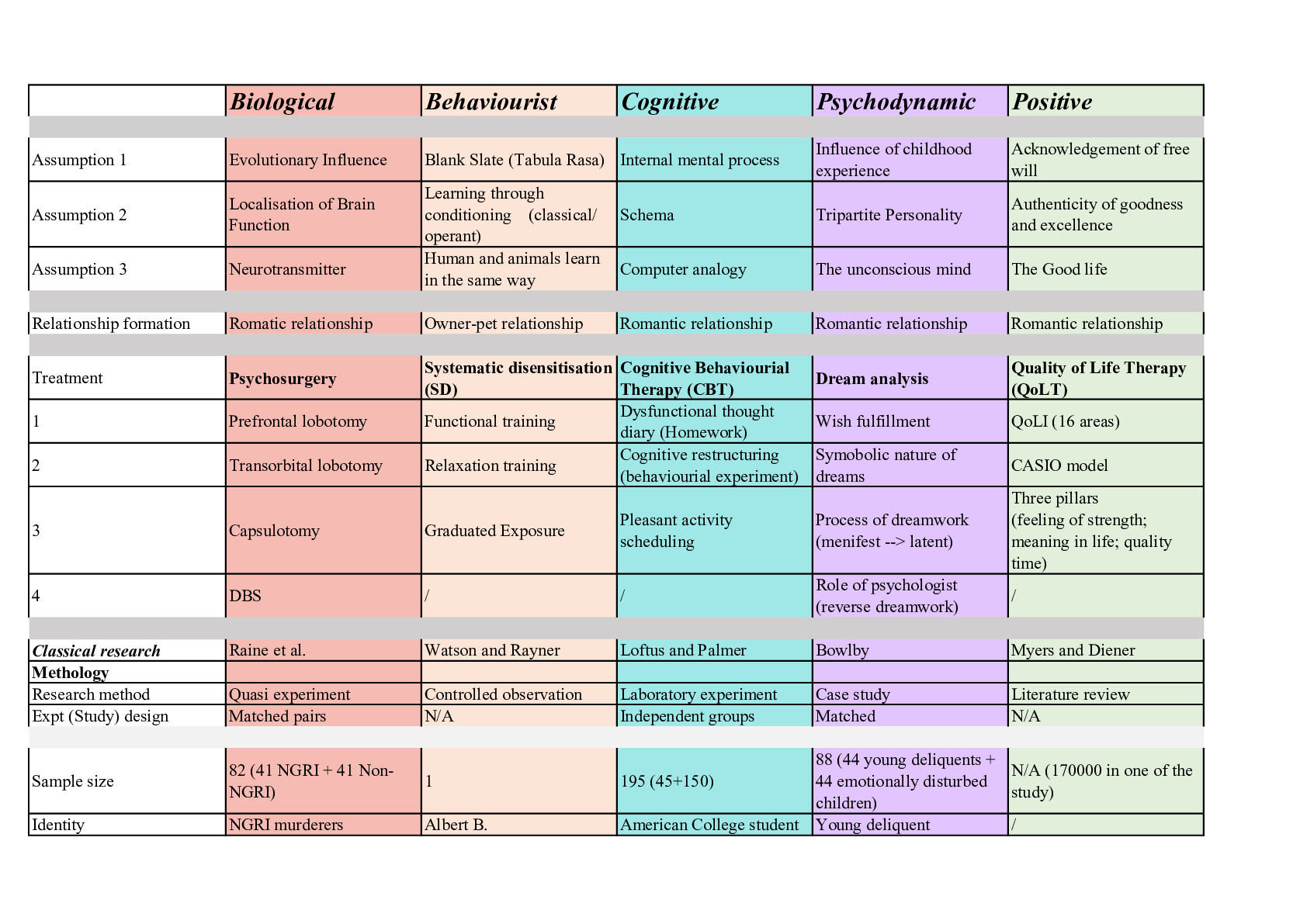
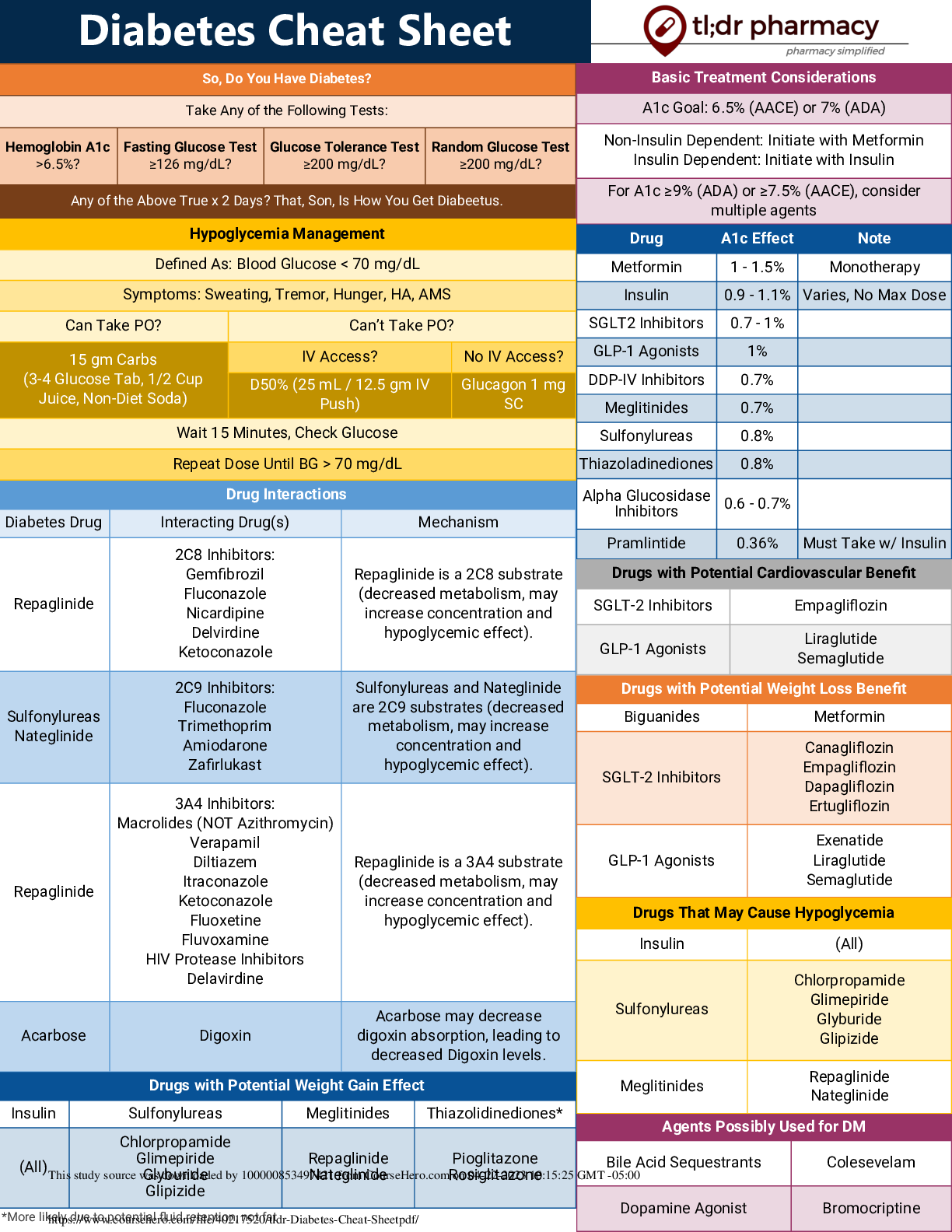
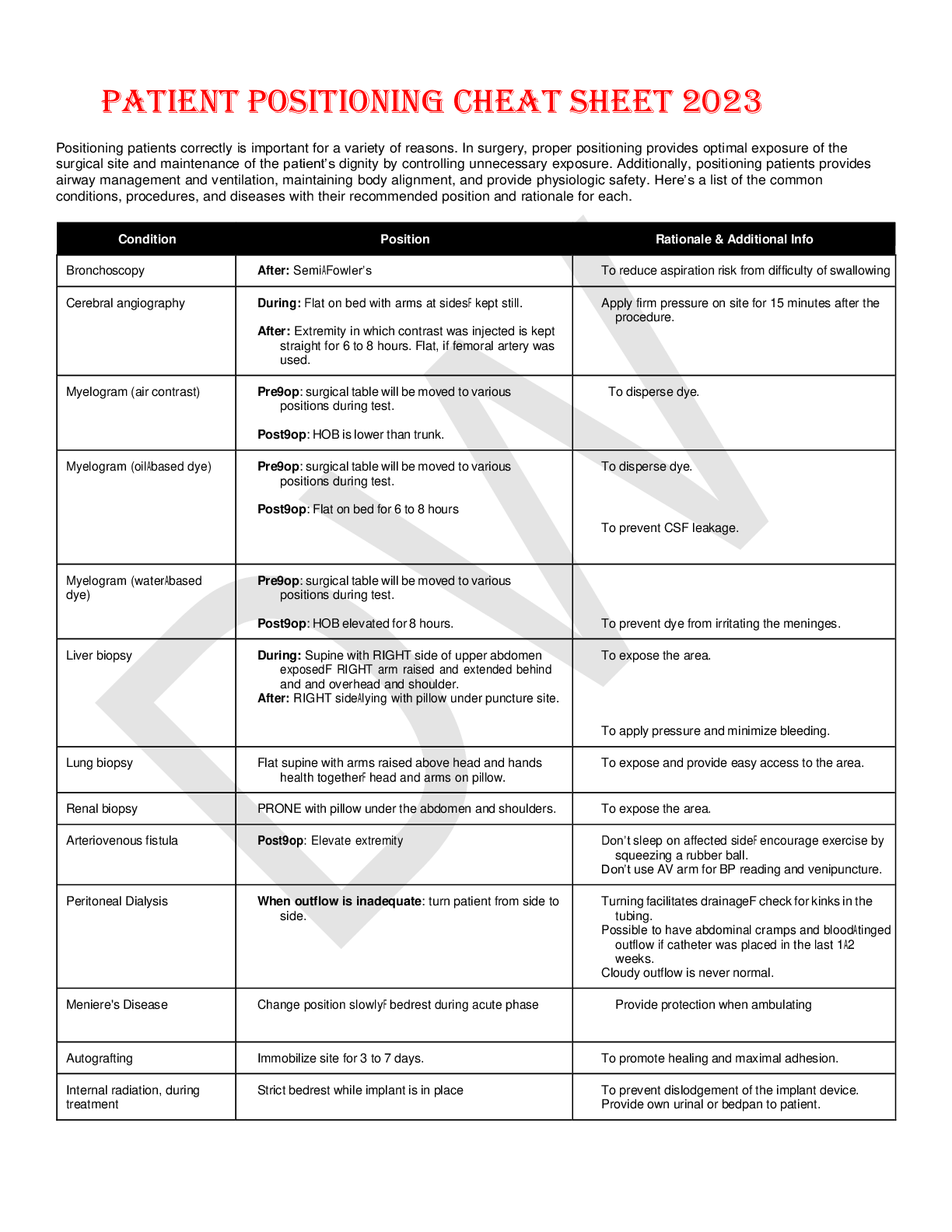
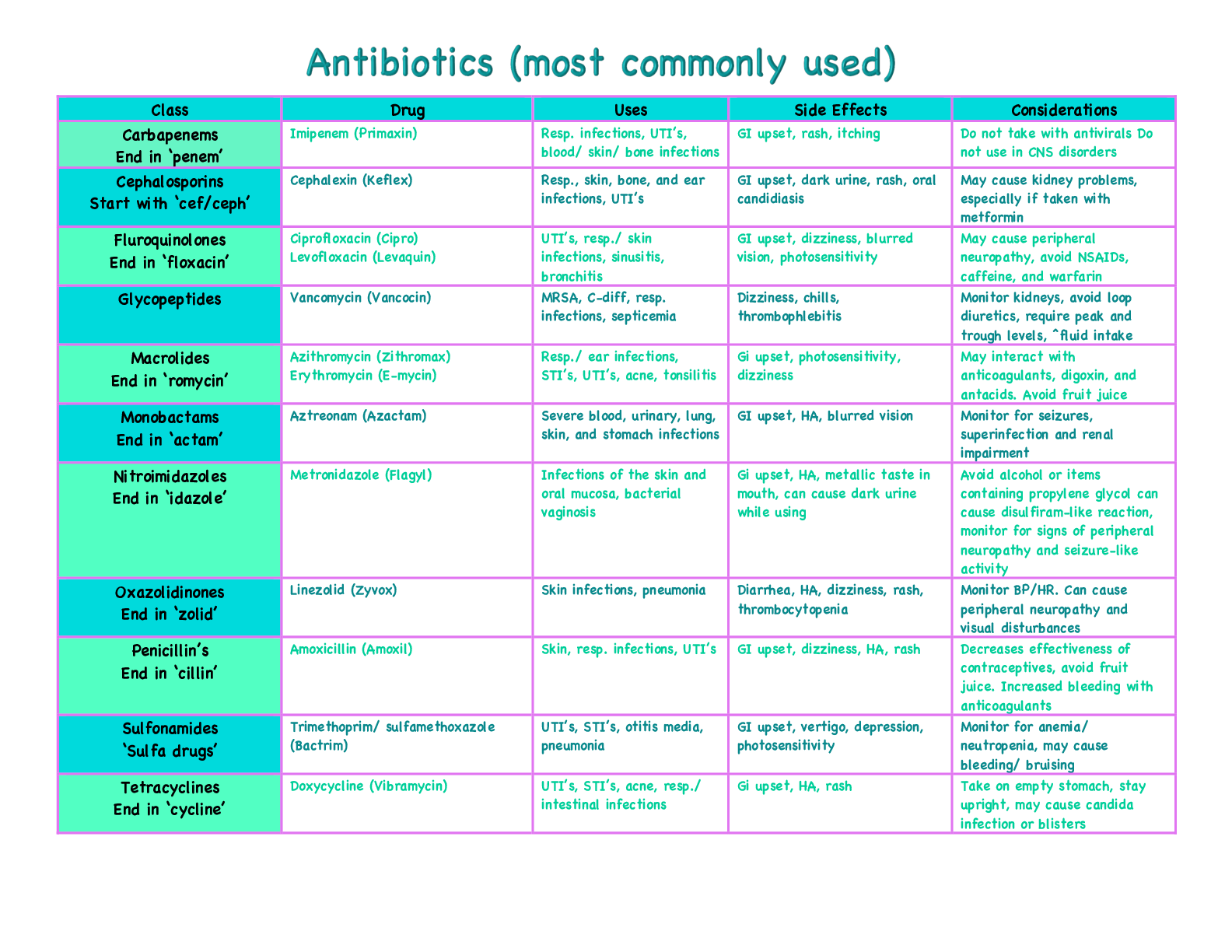
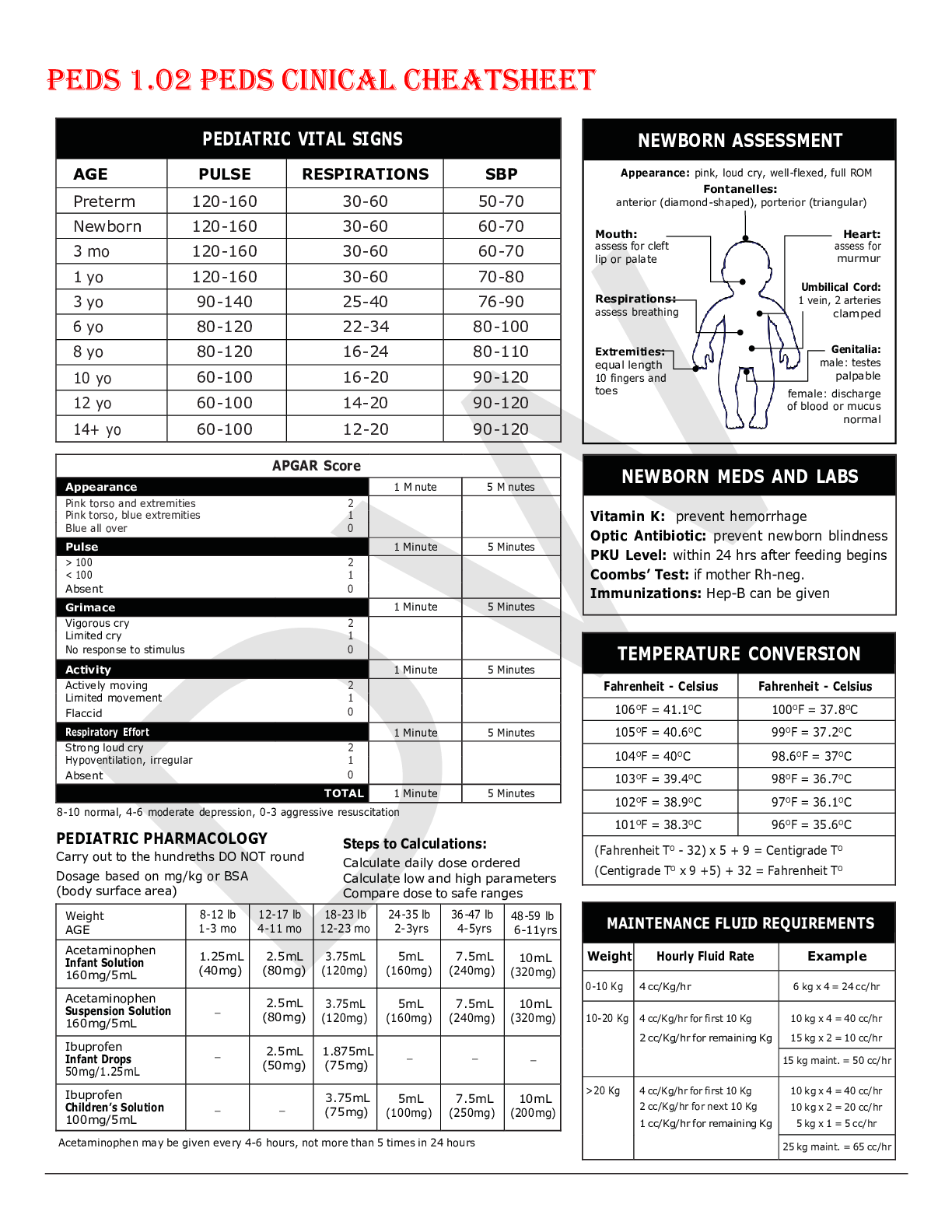

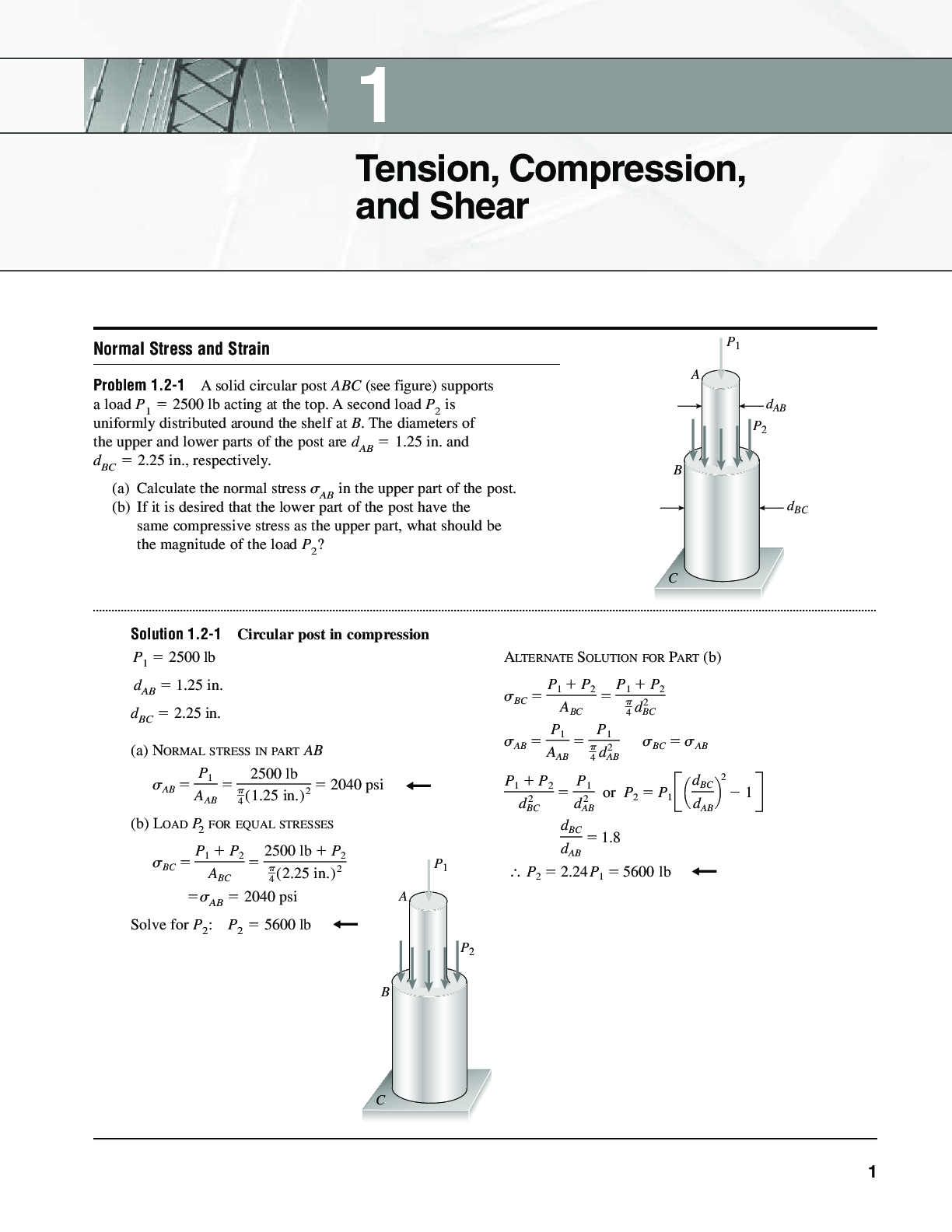
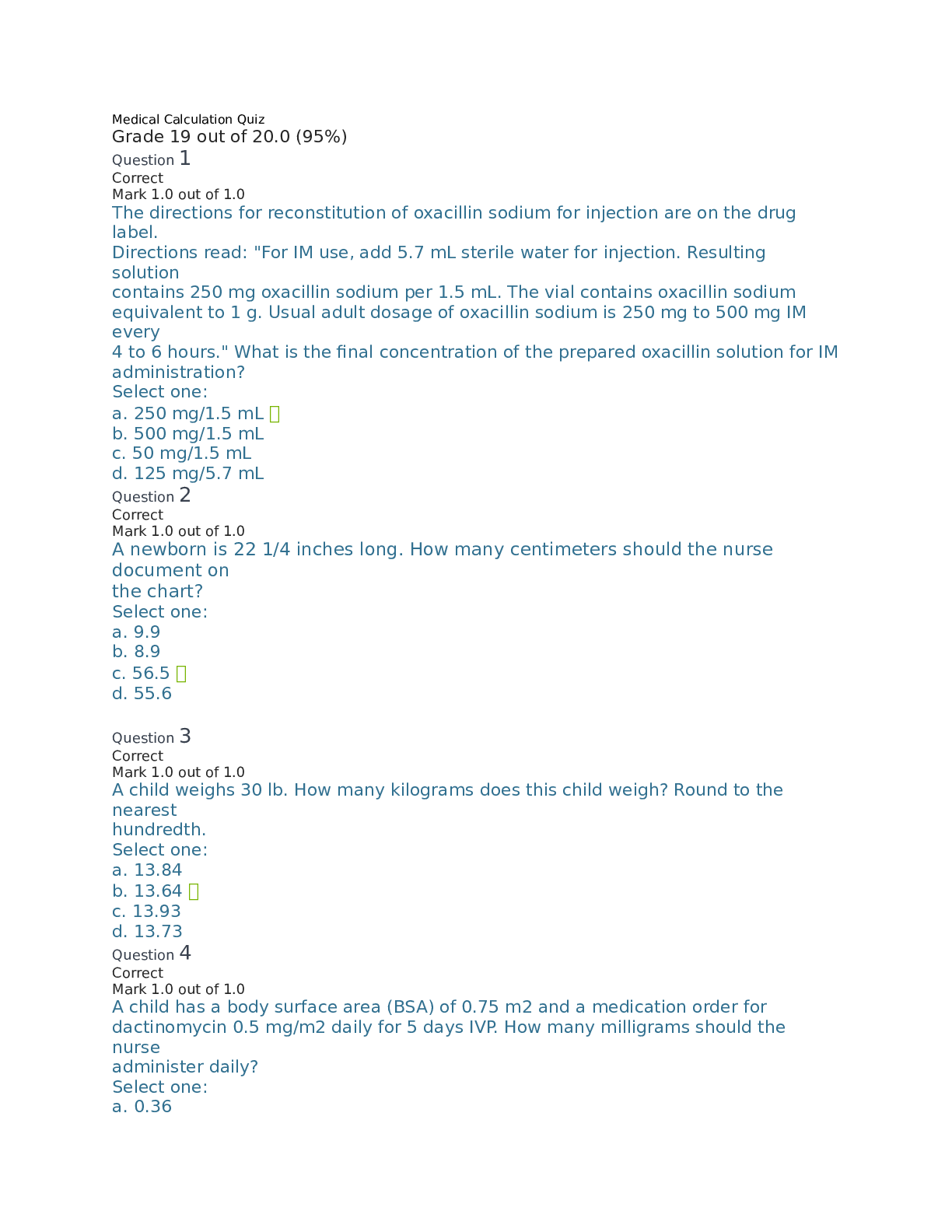

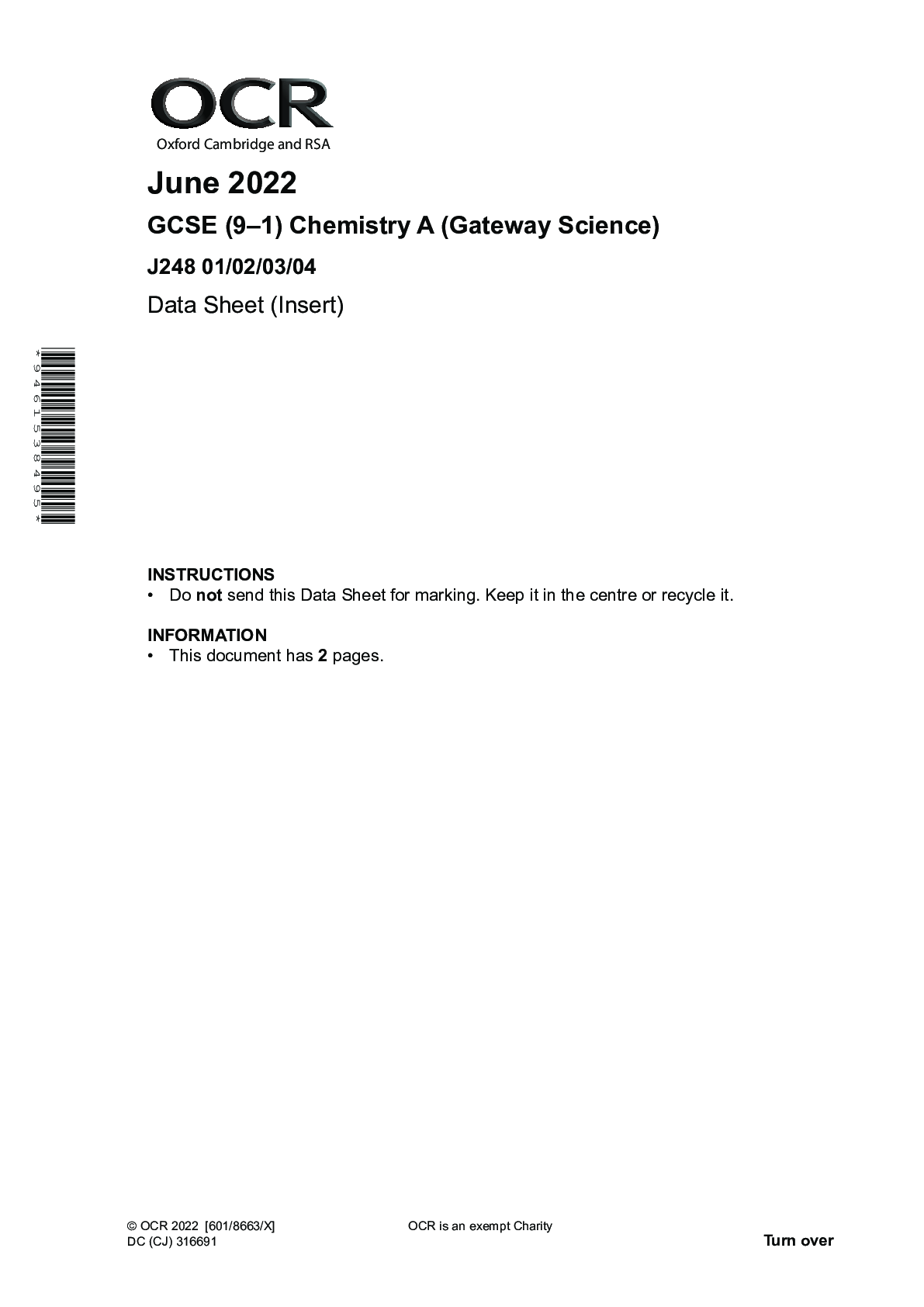
.png)





